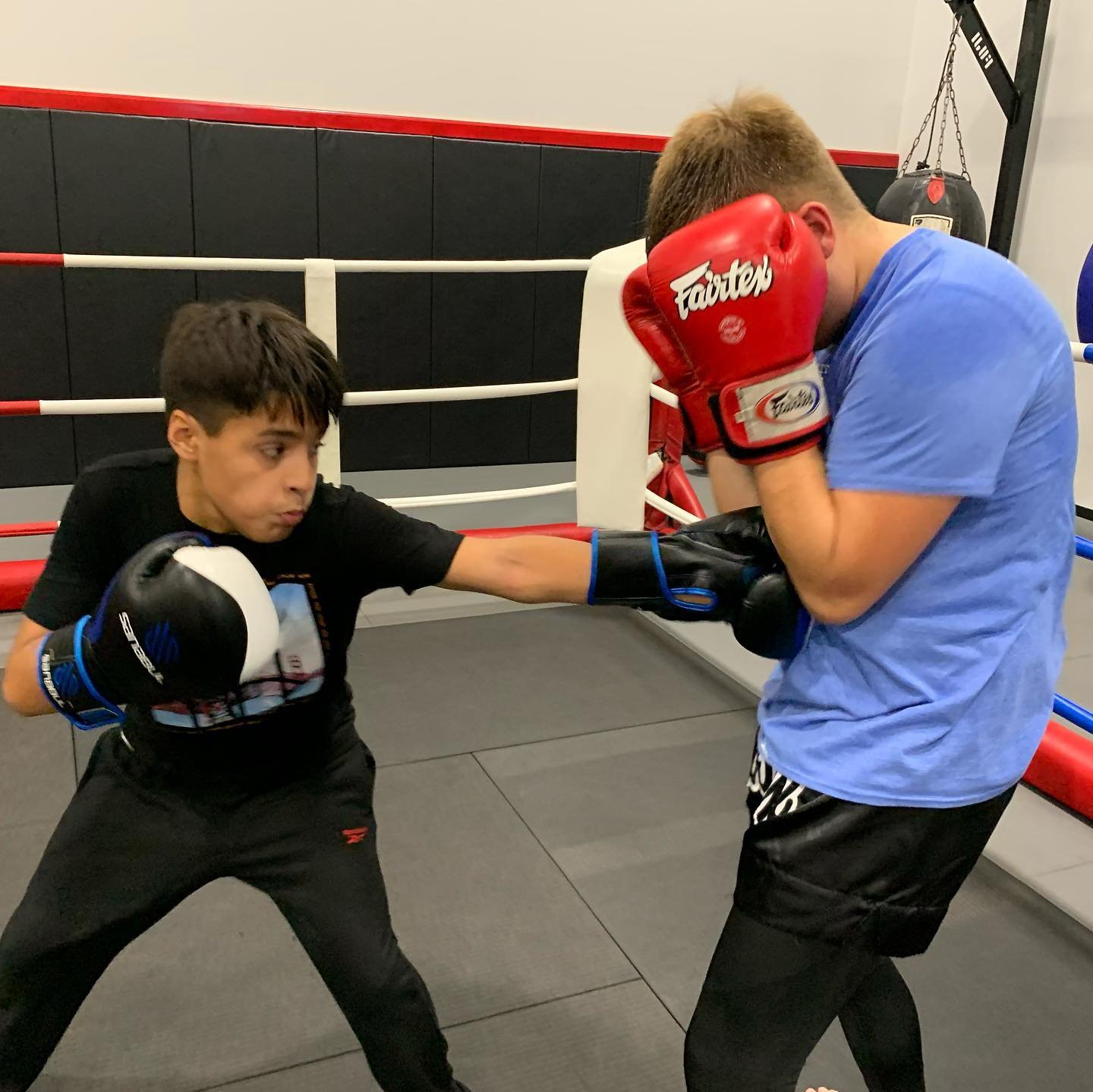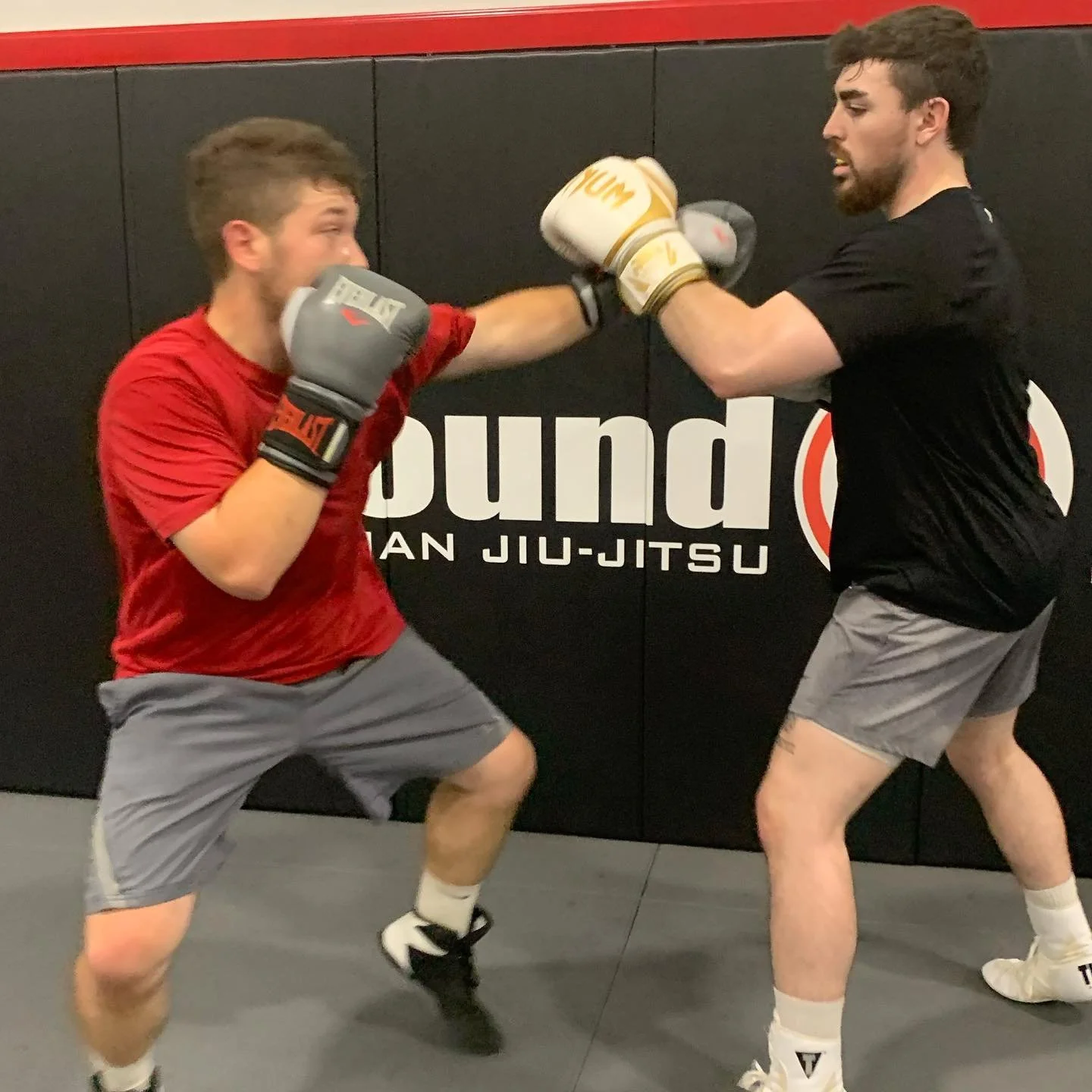Boxing for Beginners: Things You Need to Know
If you’re looking for a way to become stronger than you are now, mentally and physically, then your answer could be, Boxing. Initally, this could seem like an intimidating sport to get into as a beginner. However, if you look past the fierce persona that boxing presents, then you’ll find it to be one of the most rewarding sports you can take part in. Boxing is an excellent combination of cardio, strength, skill, and technique.
Like many other sports, Boxing becomes a perfect marriage between your mental and physical capabilities. If you commit to regular practice, then you’ll start to realize the actual level of discipline and fitness that comes with boxing training. Participating in weekly boxing classes can mold you into a stronger person, not only inside the ring but also outside.
We have all seen famous boxers on tv, posters, or in a live boxing match. These athletes are in top physical shape, and it’s no wonder why. The training can be arduous and don’t come easily to everyone. But, if you buckle down with the right trainer and practice the techniques correctly, then you get in fantastic shape.
To ensure you can reap the benefits of this sport, we’ve put together some things that every newcomer should know:
What Equipment Will You Need?
Having the appropriate gear for boxing is essential. If you go in under-equipped, you could not only perform poorly, but also risk injuring yourself. So, before you go any further, you should take a look at what’s needed.
Hand wraps
Boxing gloves
Mouthguard - if sparing
Boxing boots
These are only the core items you will need. When you first begin training, some facilities will offer rental boxing gloves to borrow while you train. Newcomers can use rental gear to get a handle on the equipment and perhaps find a preferable style. Then, you will have a better idea of what to look for when you buy your pair of gloves and so on.
Understand The Conditioning Needed.
As we have said before, boxing is a very physically demanding sport. Boxers don’t just throw punches in their training. If they did, then it would be nearly impossible to maintain their stamina at that level. So to ensure they’re able to go on for as many rounds as it takes, they employ a lot of conditioning.
Everything from sprinting to burpees and shadow boxing, you’ll need it all to keep up. With that being said, you don’t need to jump into the ring immediately. Warm up and take your time. Then when you have your body up to speed, you’ll be ready to learn the techniques of boxing.
How to Throw a Punch
It is important to learn proper form when throwing a punch. Emphases on your hands, shoulders, and wrist placement is important before you even put on your gloves. To prep you for your first time in the ring, work with your instructor to get your form and technique correct. Once you understand this, it is then time to put your gloves on and start practicing with a heavy bag or mitts.
Defense
You may not think of defense when you think of boxing, but it is very important to understand how important defending yourself is. Any professional fighter will tell you that it one of the most critical foundations.
Defending yourself while boxing is a beautiful mix of guarding, footwork, and positioning. All that comes together to keep you from being hit completely or directing a shot into a less vital area. During class, you will be taught how to guard and defend yourself.
You can also learn from studying the pros. Watch some boxing matches on TV or YouTube and pay close attention to the athletes body and form. See where their feet go when receiving a punch, how they predict their opponent’s next move, and everything else they do.
Legs and Footwork
We mentioned footwork before, and for a good reason. Boxing doesn’t allow you to throw kicks, but the work done with your feet is vital. Good positioning, proper stance, power in your punches, pivoting, and so much more all begin with your feet.
You’ll find yourself constantly moving your body around the ring and to do this without getting sluggish is pretty difficult. That’s why you need to constantly work on your footwork and the conditioning of your legs. This can be done with shadow boxing and other workouts that let you get your legs to act instinctively instead of on a command-only basis.
Conclusion
Gear, conditioning, punches, defense, and footwork, are some of the essential basics that you should keep tabs on. With the proper attention to these details and excellent training, you’ll be on your way.
For much more information on boxing, jiu-jitsu, kickboxing, and other martial arts, visit the rest of our website. Be sure to look into our online videos, in-person classes, and private instruction - book your spot in any one of our classes today!




